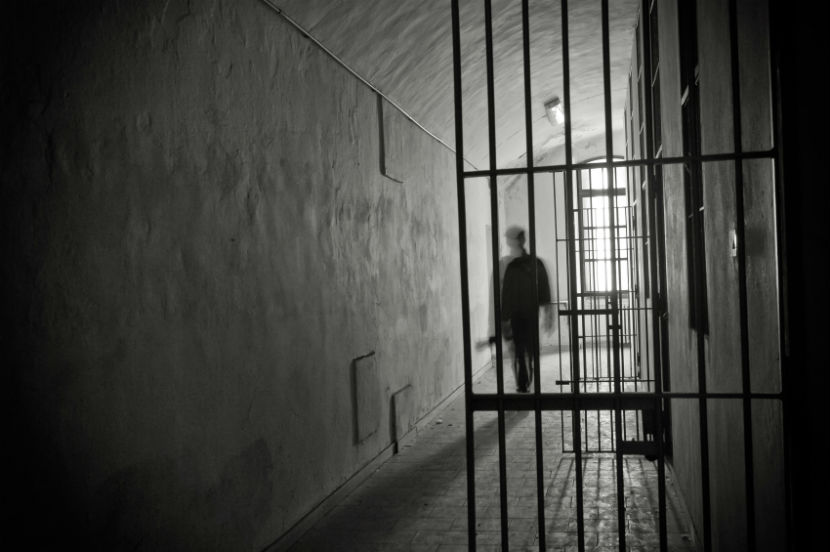Contrary to logic, intuition and common sense, the hard fact is that punishment does not reduce criminal offending.
This may be a difficult one for some to swallow, especially since the past 45 years and more than $1 trillion have been spent on punishment as the centerpiece of American criminal justice policy. We essentially bet the farm on punishing more and more criminal offenders more and more severely. Unfortunately, we lost the farm.
We missed one very important observation. The simple fact is that while punishment works for the most part on those of us who are law abiding, criminal offenders are not us.
They lack many of the opportunities, alternatives and options we have. Punishment doesn’t change many of the problems, deficits and impairment that characterize the offender population.
A number of factors came into play to keep punishment as the primary tool of criminal justice. Front and center are the political benefits of keeping the train headed in the same direction and gaining momentum. Politicians routinely claimed it worked, often accompanied by the rallying cries of “lock them up and throw away the key” and “do the crime, do the time.”
But there is overwhelming evidence of just how big of a policy failure it actually is. We have the largest prison population in the world, and the vast majority of criminal offenders, well north of 60 percent, reoffend within three years of being released from prison.
Fortunately, today we have the tools to remarkably reduce crime, recidivism, victimization and cost, if we are smart.
Criminal justice policy going forward should be based on the simple premise of accurately distinguishing between those offenders we should rightfully fear and those who just make us mad.
For those we rightfully fear — violent offenders, truly habitual offenders and those who have no interest in behavioral change — there is prison. Those are the offenders who need to be removed from society.
But for those who do not fall into the “truly fear” category, we need a different path.
The evidence is clear that the key is diversion from incarceration, accompanied by accurate screening and assessment to determine what problems need to be addressed, and providing the necessary resources to effectively change behavior. All of this needs to be done in an environment of supervision, compliance and accountability, accompanied by appropriate sanctioning for noncompliance. Sounds simple, but the devil is truly in the details.
We need to build sufficient diversion and treatment capacity, change sentencing laws to provide for much greater diversion, bring the necessary clinical expertise to the table, make judicial and prosecutorial decision making much more collaborative, and change how we think about crime and punishment.
For example, drug courts are effective at reducing substance abuse and recidivism. And they are much more cost efficient than punishment alone. However, although there are approximately 3,000 drug courts in the U.S., the capacity of these courts is sufficient to address only about 10 percent of the need.
Large percentages of criminal offenders have substance abuse problems, are mentally ill, or have neurocognitive impairments and deficits. Unemployment, poor education and occasionally homelessness also plague offenders. Current policies do little to change any of these problems. Comprehensive, systematic change to the criminal justice system is required if we want to enhance public safety and reduce cost.
Every presidential candidate, Republican and Democratic, has chimed in on criminal justice reform, but none seems to grasp the big picture. The American criminal justice system is a massive failure that requires a comprehensive solution.
We have an opportunity today to get smart about crime and criminal justice policy. We have an effective path forward that is based on scientific evidence. What we appear to lack is the willingness to embrace the solution with the enthusiasm and resources with which we embraced “tough on crime” 45 years ago.
William R. Kelly is a professor of sociology and the founding director of the Center for Criminology and Criminal Justice Research at The University of Texas at Austin. His most recent book “Criminal Justice at the Crossroads: Transforming Crime and Punishment” was just published by Columbia University Press in May.
This article first appeared on Texas Perspectives, a wire-style service produced by The University of Texas at Austin that is intended to provide media outlets with meaningful and thoughtful opinion columns on a variety of topics and current events.
